Humans have an innate sense to classify thus the Ivy Gourd is many things to different people: To some it is an invasive species, to others a vegetable, to fewer a naturalized wild food, and to some a medicine. I harvested mine from the wilds of Florida. Now I grow it in my garden, too I have not had a reason to use it as a medicine. I bring your attention to the vine because it is beginning to blossom and
will do so for about nine months. Look for a dark green, ivy-like vine with five petaled-white flowers. These are followed by stubby striped cucumber-like fruit which then turn bright red. They are edible at any stage. The leaves are edible as well. As for the roots, while one might be able to eat them I think they land more in the medicinal realm and are used to treat diabetes. This species is also not just local. It has been reported naturalized in parts of Texas and Hawaii. It is considered an aggressive weed in Africa and Asia, where it is native, and in Australia. What I like about the species is something that probably irritates a lot of people: It seems to be disease free and left alone by insects. Look for them on fences. To read more about the Ivy Gourd, AKA Tindora, go here.
Using and saving wild food is part of foraging. I’ve heard of two uses recently for a couple of our wild edibles. Spanish Needles leaves (Bidens alba) can be drizzled in olive oil, sprinkled with salt, and baked in an oven similar to making kale chips. Their resinous tang moderates on cooking. Chipping them is an easy way to use this ubiquitous green. Botany Professor Julia Morton recommended in 1962 that this plant become a commercial vegetable but it grows locally nearly everywhere nearly all year. When I am harvesting old arugula from my garden for cooked greens I toss in young Biden leaves from the garden as well. Knowing what weeds to leave and which ones to pull out is also part of gardening. It’s free food that takes care if itself.
I mentioned last week about fermenting Spiderwort (Tradescandia virginana or ohiensis.) As you can see from the picture off the Green Deane Forum I have been doing a lot of fermenting of garden greens, mostly mustards, collard and nasturtiums so far. Once the Ivy Gourd gets into heavy production I will be putting up gallons of its pickle-like fruit. People have been asking me how does one ferment food. Lacto-fermenting is very easy. I wash with just water the material I want to ferment, say Spiderworts. I cram it in a lidded jar, really pack it in, and add filtered water with one tablespoon of sea salt added per cup. The amount and kind of salt can vary on the material and the salt. Just avoid salt with iodine added or anti-caking chemicals. You can also add spices like garlic, horseradish, ginger, peppercorns, dill or celery seed, caraway or cumin seeds, even juniper berries and grape leaves (for crispness in pickles.) I find a little horseradish and sliced ginger with garlic flavors chayote nicely. Caraway seeds are nice in fermenting cabbage. In about 10 days you will have a tart pro-biotic that will store for months. You can read more about lacto-fermenting on the Green Dean Forum. The button to join is to the right.
Starting to fruit heavily now are loquats. It’s a fairly easy tree to identify, light to orange-yellow fruit and huge, tough, leather-like leaves (which have a lot of herbal applications.) We actually have two species in Florida and they fruit at different times of the year, spring and fall, but most of them are spring fruiting. A native of Asia it is naturalized in The South and can be easily spotted this time of year by its yellow fruit against dark green leaves. Interestingly in mid-state the fruit is getting very sweet yet in West Palm Beach this past weekend two fruiting trees still had young, tart fruit. The seeds are cautiously usable. To read more about the loquat go here.
Upcoming Foraging classes:
Sunday, April 10th, Wekiva State Park, 1800 Wekiwa Circle, Apopka, Florida 32712. 9 a.m.
Sunday, April 17th, Bayshore Live Oak Park, 2200 East Lake Road, Port Charlotte, Florida. 9 a.m.
Sunday, May 1st, Wickham Park: 2500 Parkway Drive, Melbourne, Florida 9 a.m.
Saturday, May 7th, Blanchard Park, 10501 Jay Blanchard Trail, Orlando, FL 32817. 9 a.m.
For more information about classes go here.
All of Green Deane’s videos are available for free on You Tube. They do have ads on them so every time you watch a Green Deane video I get a quarter of one cent. Four views, one cent. Not exactly a large money-maker but it helps pays for the newsletter. If you want to see the videos without ads and some in lightly better quality you can order the DVD set. It is nine DVDs with 15 videos on each. Many people want their own copy of the videos or they have a slow service and its easier to order then to watch them on-line. They make a good gift for that forager you know. Individual videos can also be ordered. You can order them by clicking on the button on the top right of this page or you can go here.
This is newsletter 202.
If you would like to donate to Eat The Weeds please click here.

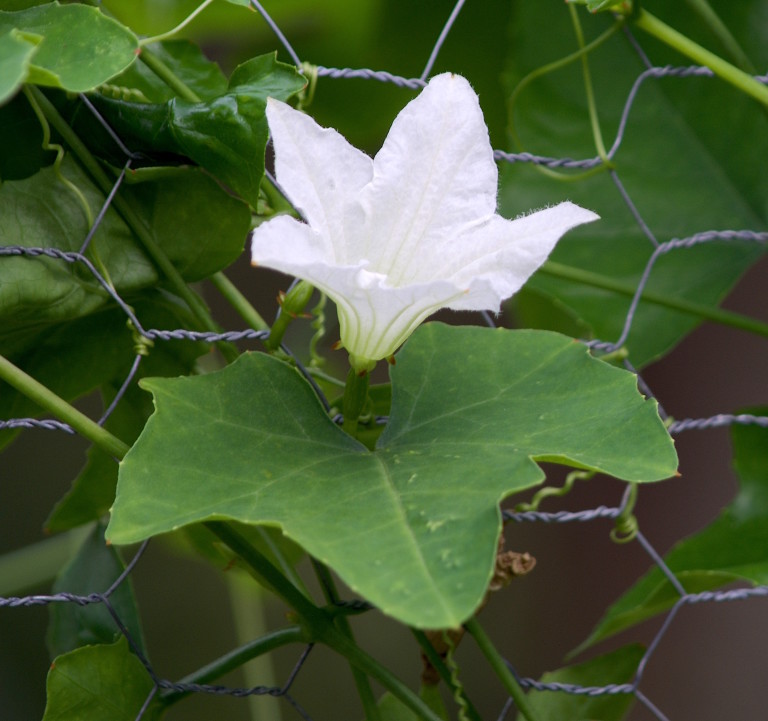
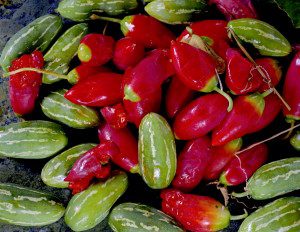
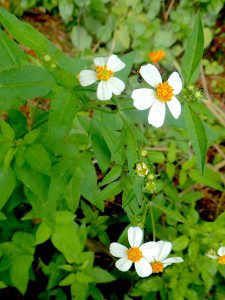
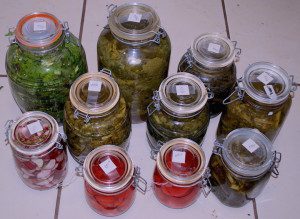
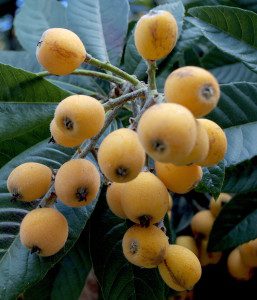
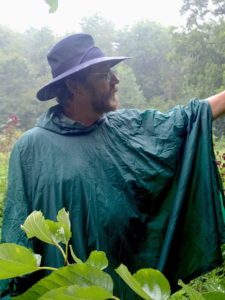


I’ve been introducing my grandchildren to foraging. We’ve found abundant loquats all over, makes a great jam. Cattails, hawksbill, dandelions, plantians, crawfish, spring beauties,snakes, neoles! They even wanted to try fried neoles, but corndogs ruled the day.
Spanish Needles grows well in the area where I live – Kafouri/Khartoum North – clay soil and not far from the Blue Nile. I’ve grown this plant about three years ago using a sample gained from Sana’a University Botanical Research Garden. I kept following growth of the plant till blooming and making of seeds – needles; moreover I’ve witnessed many generations of its growth. I’ve used the green leaves as decaffeinated tea: sometimes directly and other times after processing according to the normal way of processing green leaves of Caffeinated Camellia sinensis. Now ,after nearly two years I can use stored such processed leaves of Spanish Needles even flavoured using orange peel.
These days I’m advised to take a probiotic called acidophilus; but I’m much hesitant to obey. Thank you for considering the subject of Lactofermenting.